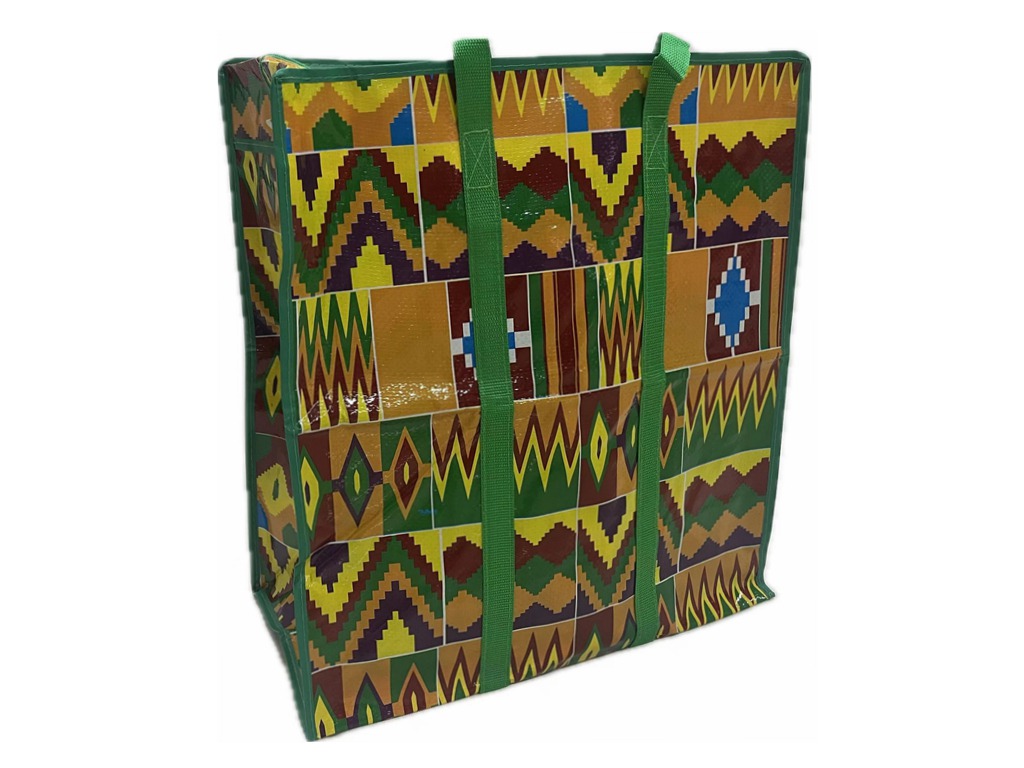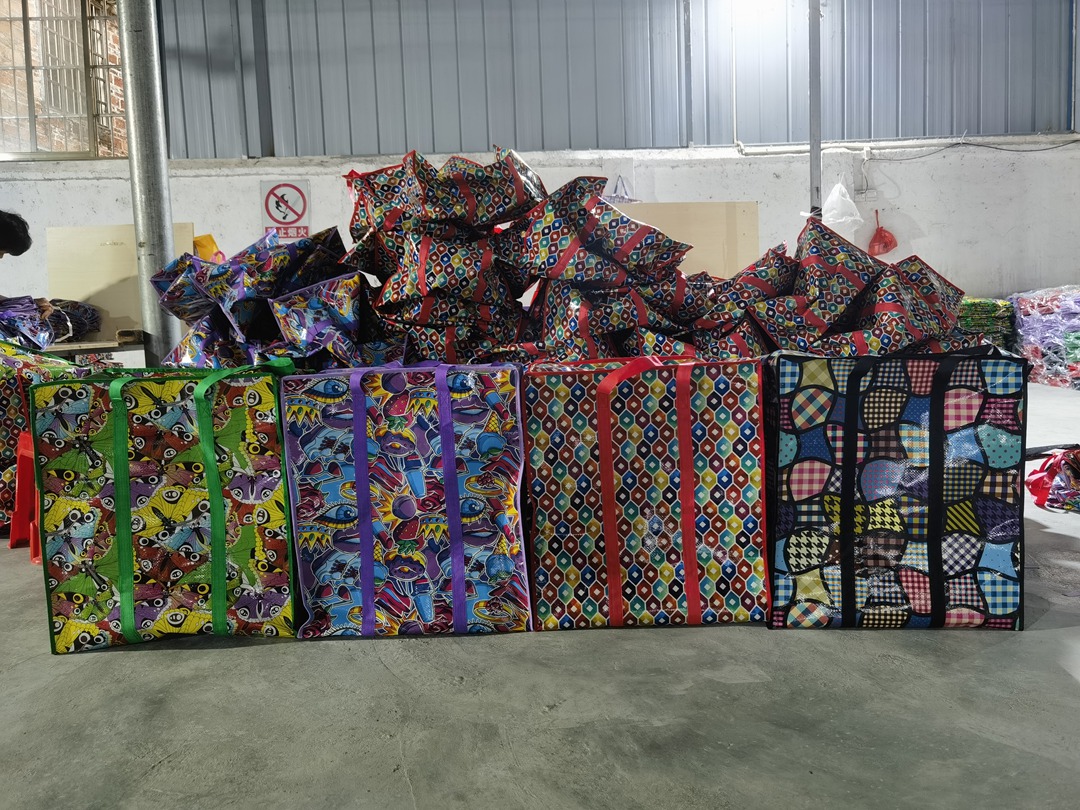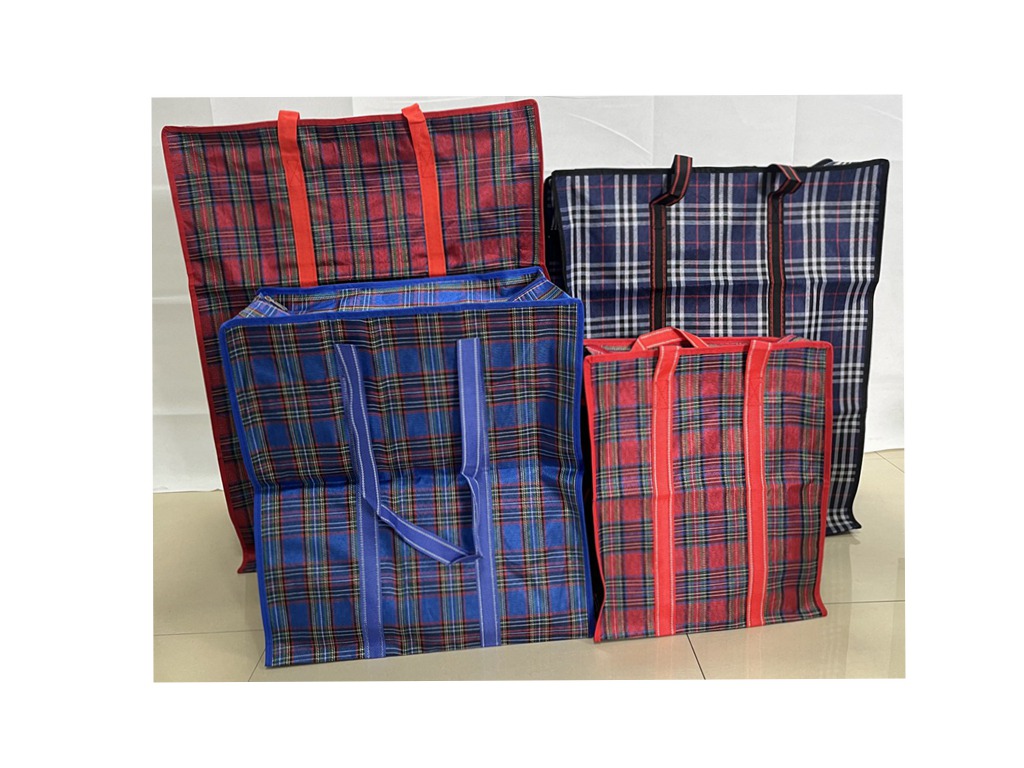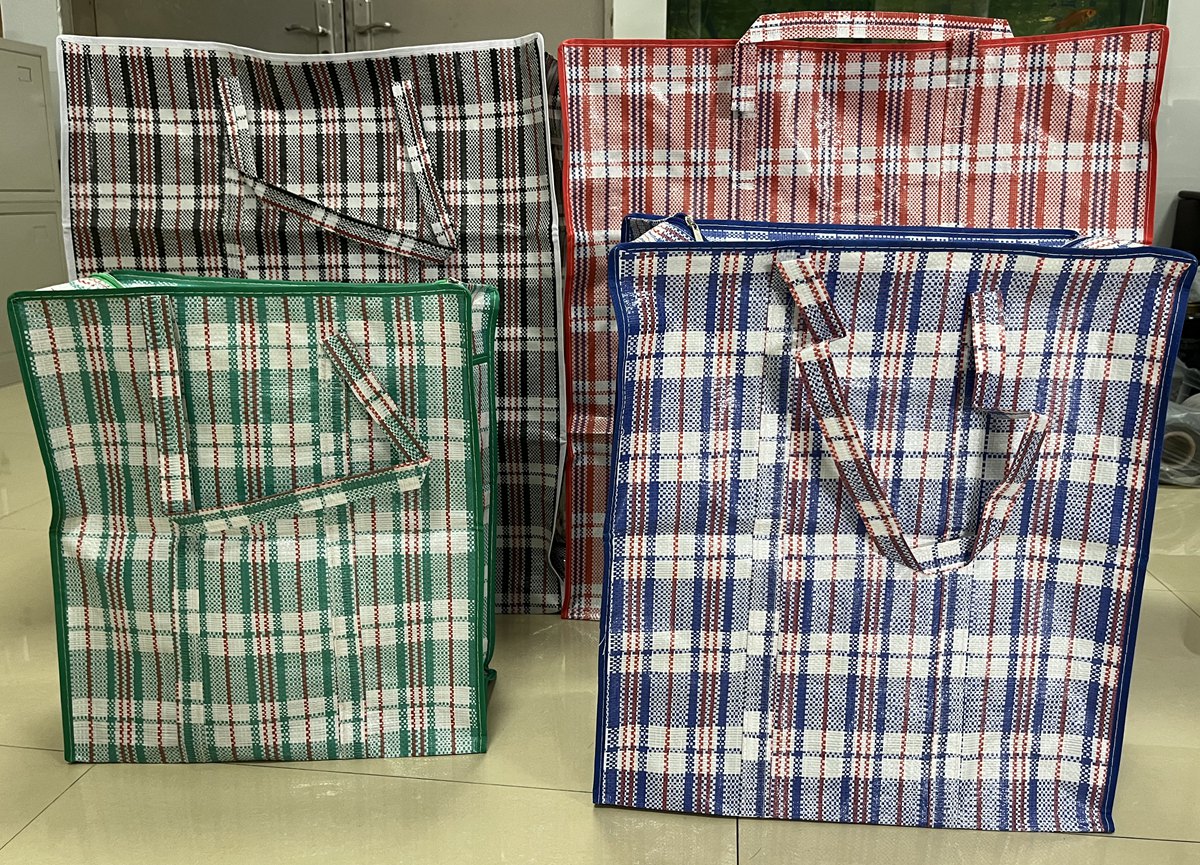
PP woven bags are a popular choice for packaging goods due to their strength, durability, and versatility. The PP woven bags manufacturing process is complex, and each step must be executed with care and precision to ensure the final product meets the highest quality standards.
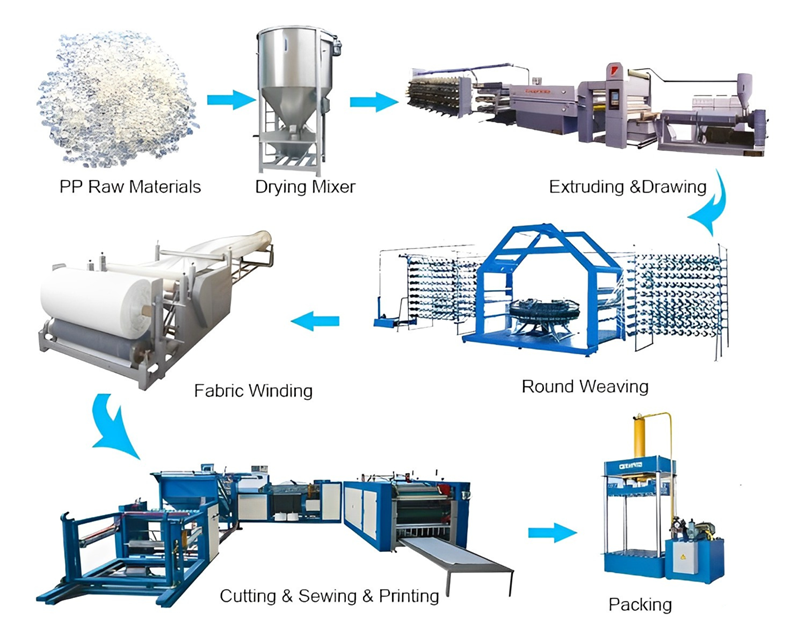
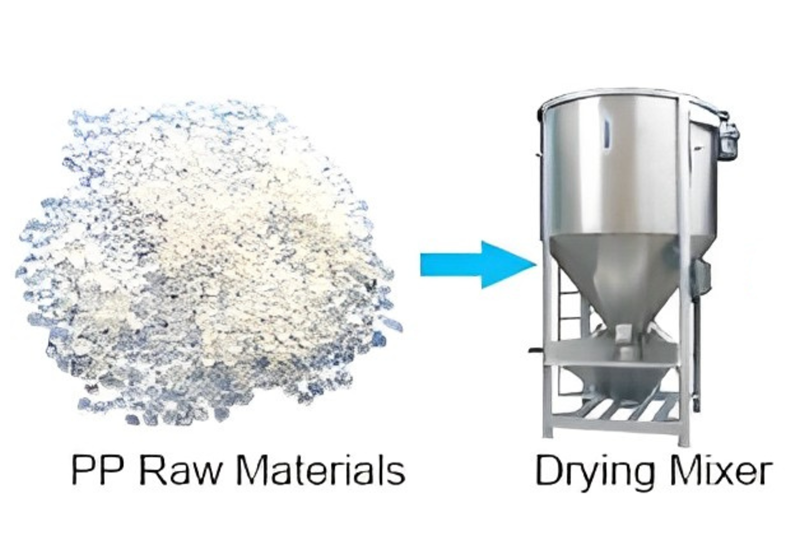
The production of PP woven bags starts with the preparation of the raw materials, which typically include high-quality polypropylene granules, color masterbatch, and other additives. The granules are melted and mixed together to form a homogenous mixture, which is then passed through an extruder to produce a continuous plastic film. The temperature, speed, and pressure of the extruder must be precisely controlled to ensure that the film is of the correct thickness and strength. The use of high-quality raw materials is essential for producing durable, strong bags that can withstand the weight of the contents and handling during transportation.
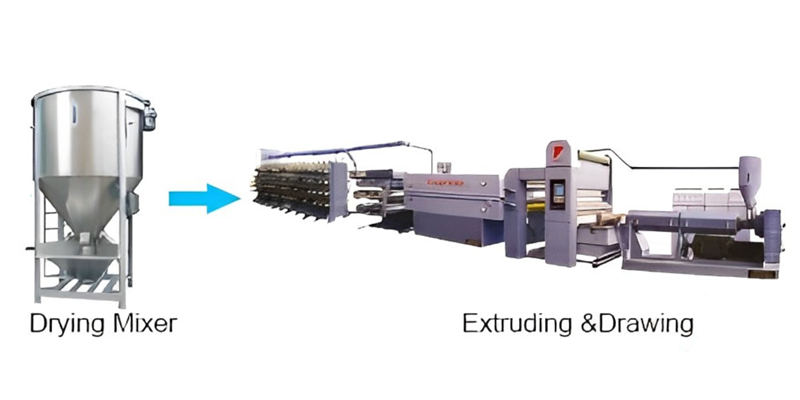
After the film has been produced, it is then extruded and drawn to increase its strength and stability. The film is extruded through a die, and the speed and pressure of the extruder are closely monitored to ensure that the film is of the correct thickness. The drawing process further increases the film's strength and stability, which is critical for ensuring the bags are strong enough to withstand the weight of the contents and handling during transportation.
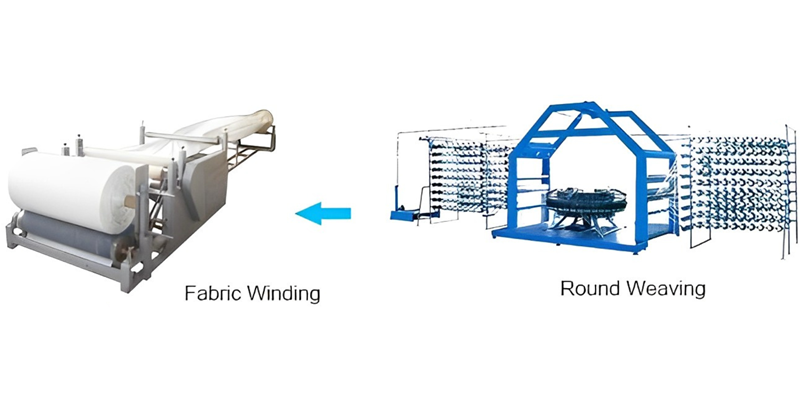
The next step is weaving the plastic film with a woven fabric, such as polypropylene, to create a laminated material. This process involves using high-speed weaving machines to interweave the film and fabric together, producing a strong and durable material suitable for making bags. The weaving process must be accurately controlled to ensure that the fabric and film are properly interwoven and that the final product is of the correct thickness and strength.

After the laminated material has been created, it is then wound onto a large spool for storage and protection. This step helps ensure that the material remains in good condition until it is needed for the next stage, and makes it easier to manage the material, reducing the risk of damage during transportation and storage.
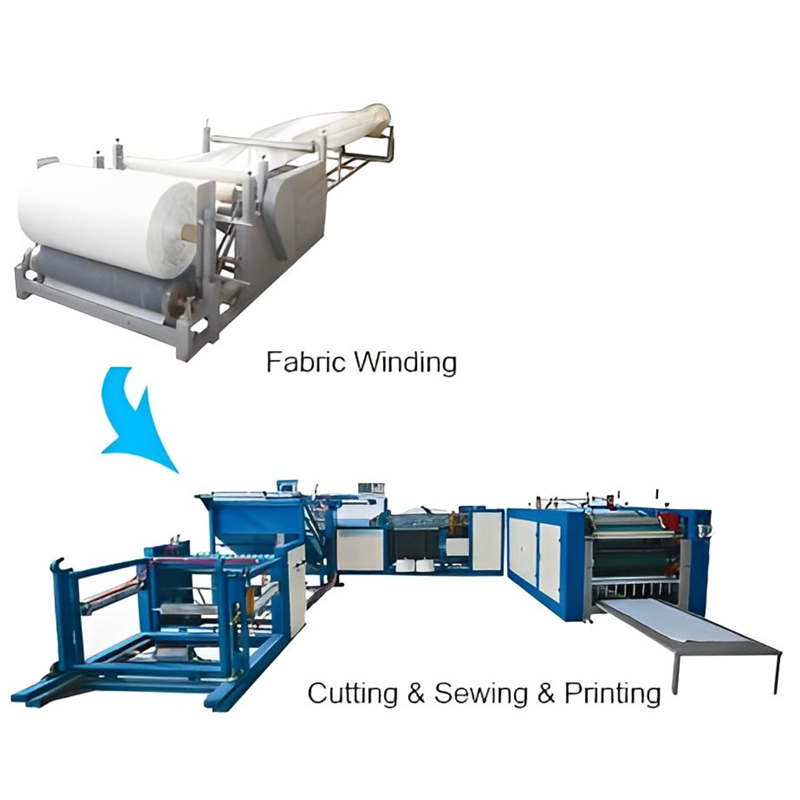
The laminated material is then cut into the desired size and shape, and the edges are sewn together to create the final bags. This step is usually performed using specialized cutting and sewing machines, which are equiPPed to handle heavy-duty materials and produce consistent results. The cutting and sewing process must be executed with care to ensure that the bags are of the correct size and shape, and that the seams are strong enough to withstand the weight of the contents and handling during transportation.
If desired, printing can be done on the bags using rotogravure or flexo printing methods. This printing can be done on one or both sides of the bags, and the customer chooses the design. Printing on the bags can include logos, branding, and other information that is useful for the customer or end-user. The printing process must be executed with care to ensure that the printing is of high quality, and that the colors are vibrant and accurate.
The final bags are thoroughly inspected for any defects, ensuring that only high-quality products are sent to the customer. This step is critical in ensuring that the customer receives a product that meets their expectations and requirements, including the correct size, shape, color, and print, and is free of any defects or damages.
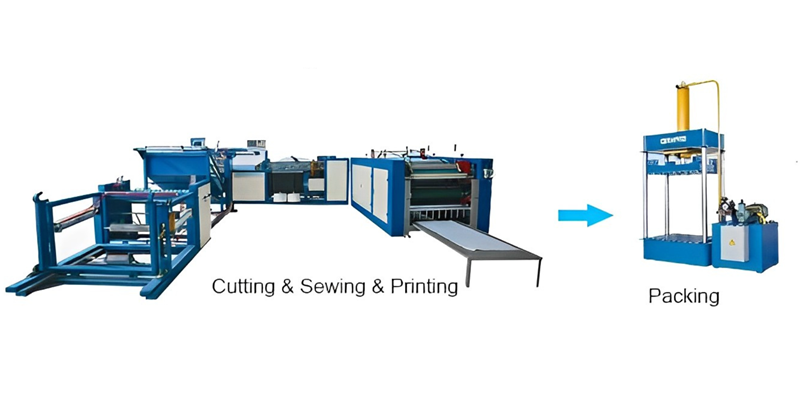
The final step is to carefully package the bags for shipment to the customer. The bags are packaged to ensure they reach the customer in perfect condition and minimize the risk of damage during transportation. The packaging process is critical in ensuring that the customer receives a high-quality product that meets their expectations and requirements.
